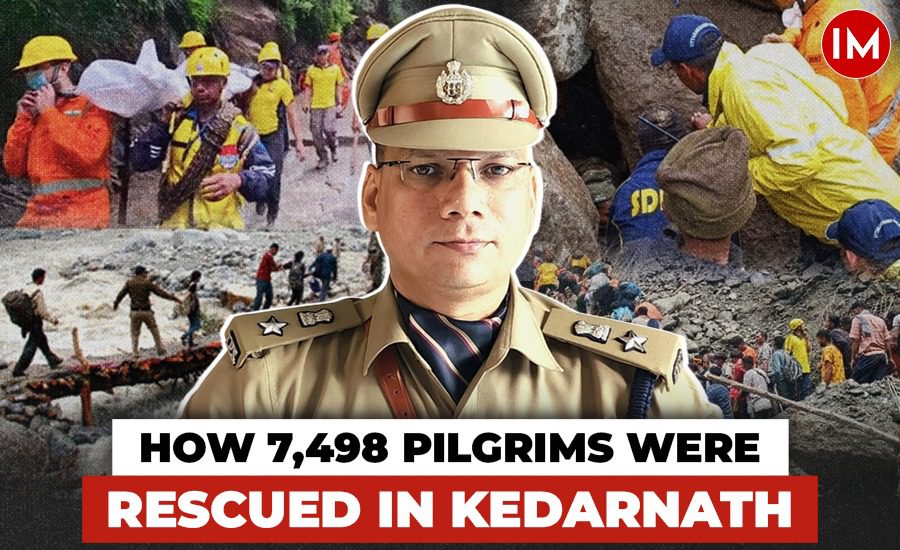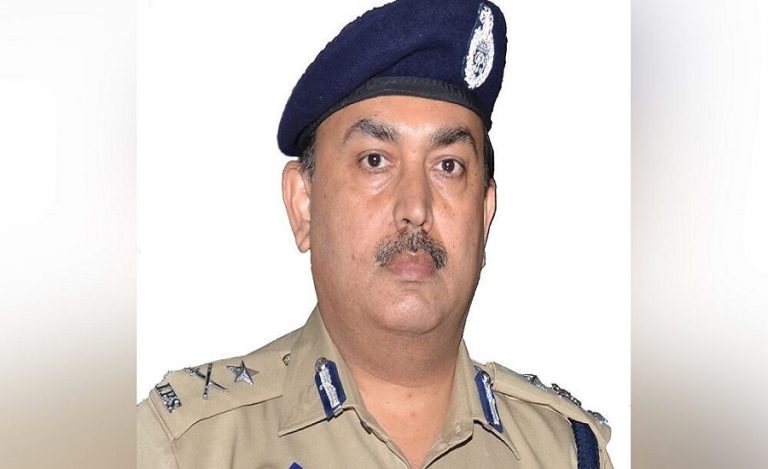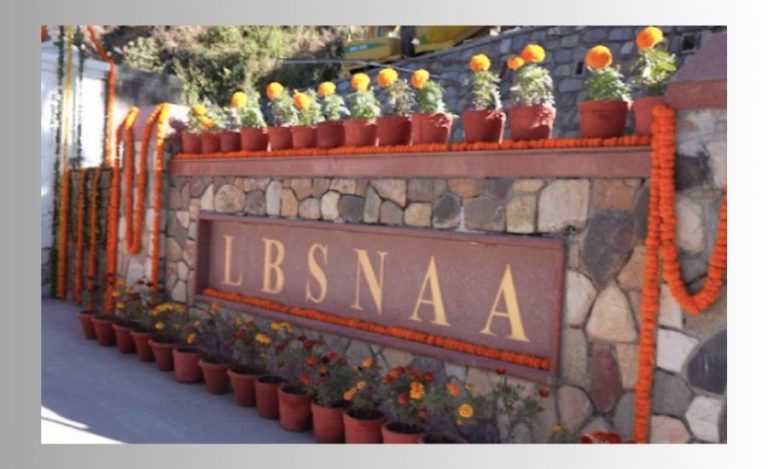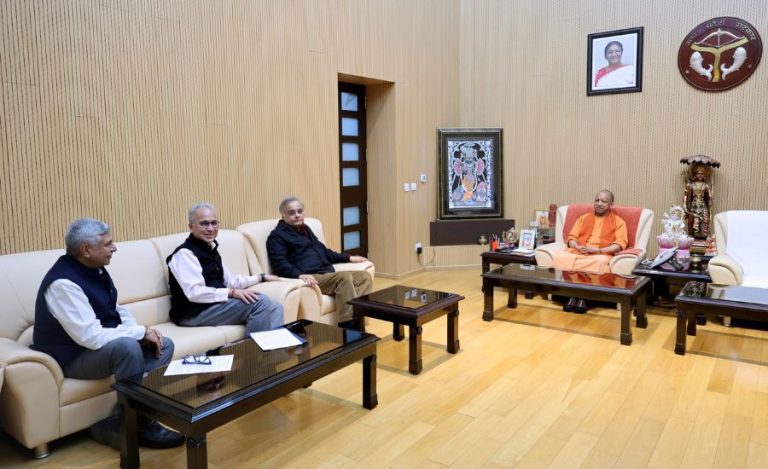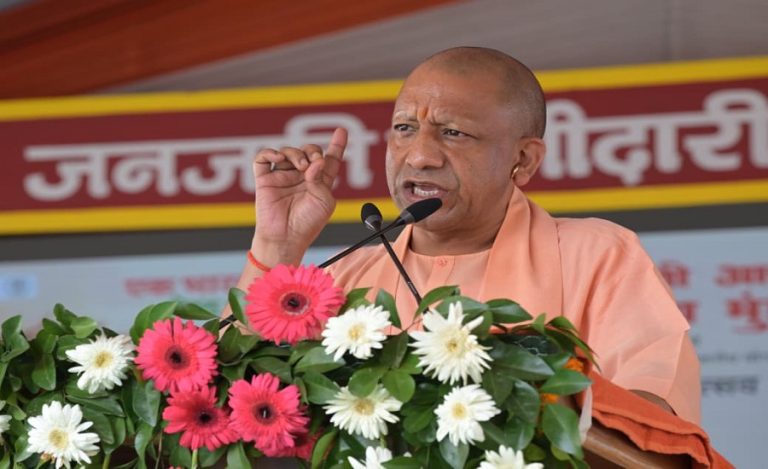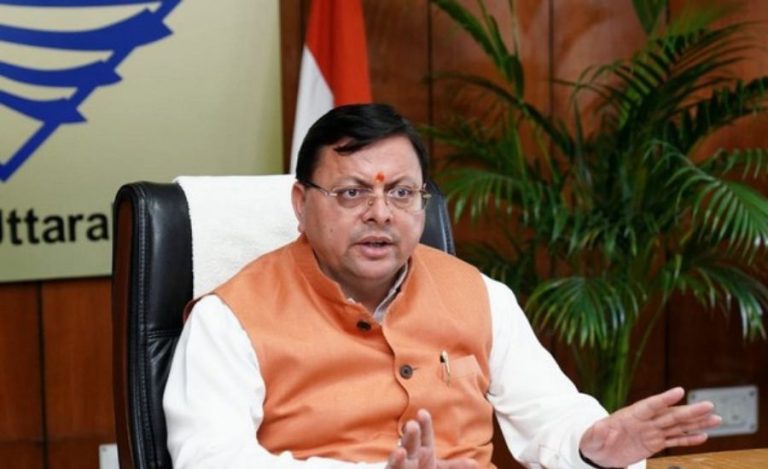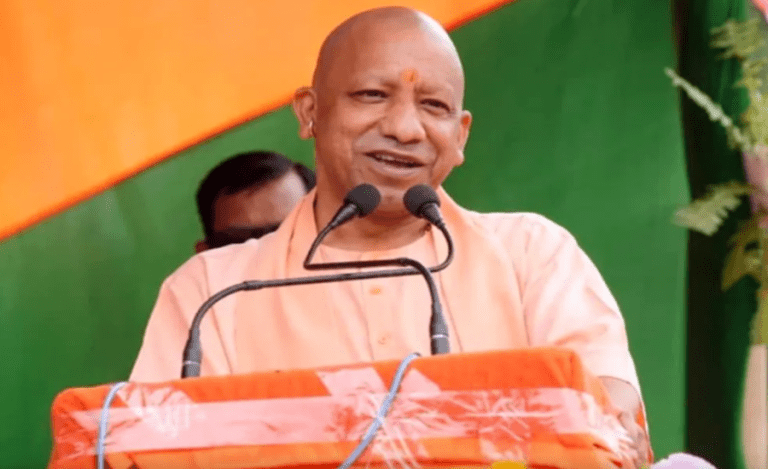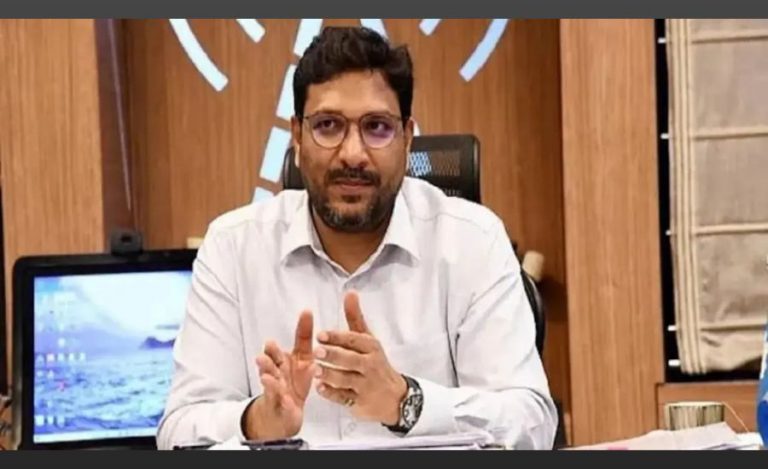In the early hours of July 31, 2024, the serene pilgrimage route to Kedarnath was transformed into a scene of chaos and destruction due to an unprecedented cloudburst and heavy rainfall. About 10,000 pilgrims were caught unawares. Fears of a repeat of 2013-like tragedy which resulted in over 6000 casualties, started haunting them.
There was gushing water mixed with mud and heavy boulders all around. Danger was apparent and real. In 2013 a similar cloudburst in middle of the night had swept a huge swathe of land, mountains, houses, guesthouses, temples and human mass with it. The administration was caught unawares and it took them to three days to provide relief and rescue the stranded pilgrims on the yatra route.
This time too, people feared the worst. Situation has been worsened by darkness all around. Sound of ever increasing flow of Mandakini, was instilling the dread in pilgrims. Many thought this was The End. Amidst the rising panic, the State Disaster Response Force (SDRF) of Uttarakhand Police under the leadership of IPS officer Manikant Mishra emerged as a beacon of hope, showcasing their exceptional preparedness and rapid response capabilities.
The team received information about a missing pilgrim from Lincholi, around six kms before the Shrine, around 8.30 pm on July 31. It was raining cats and dogs. Visibility has been reduced to mere few feet. Still a six-member SDRF team immediately started from its post located at an altitude of 7000 feet, trudged its way towards the site.
They had barely climbed half way that they heard the sound of a cloudburst at Bhimbali. Soon another gushing stream of water and boulders surrounded them. They saved themselves by climbing atop big boulders and rocks before resuming their journey.
In the last strech, as they started their descent towards Lincholi, their worst fears came true. They found more than 400 pilgrims trapped amid the gushing and roaring waters of Mandakini river. They too had climbed on huge rocks to save their lives. This is how began SDRF’s herculean rescue operation that continued in the middle of marsh caused by torrential rain and andslides.
In a conversation with Indian Masterminds, Mr. Mishra explained how early planning and effective execution played a crucial role in mitigating the disaster, preventing it from escalating into a catastrophe like the one in 2013.The rescue teams used drones to figure out right spots where pilgrims were trapped and stranded. Jawans used ropes to pull the pilgrims out of their hideouts as most of the roads and connecting bridges had already been washed away.
Mr. Mishra emphasized that the success of the SDRF’s operations wouldn’t have been possible without the coordination and support of other agencies. “We had already identified the risky and safe areas, and we periodically received detailed reports from the meteorological department about the timing, location, and intensity of rainfall. This allowed us to take proactive measures, such as ensuring that no one travels towards hazardous zones and that people are moved to safer areas before the rain hits. Additionally, we had standard operating procedures (SOPs) in place for the rescue operations, with each department’s roles clearly defined. It was this meticulous planning and collaboration that ultimately led to our success,” Mr Mishra explained.
He further highlighted that the teamwork among different agencies, coupled with the clear communication and predefined protocols, was instrumental in managing the disaster effectively and ensuring public safety.
Strategic Deployment and Immediate Actions
Before the disaster struck, four SDRF teams were strategically positioned at key points along the Kedarnath trekking route, including Sonprayag, Lincholi, and Kedarnath Dham. This foresight proved crucial as it enabled immediate action when the calamity occurred. As soon as the cloudburst hit, additional teams from Agastyamuni and Ratuda were dispatched to reinforce the existing units. The pre-deployment of these teams was not just a matter of protocol but a testament to the meticulous planning and preparedness ingrained in SDRF operations.
Under the guidance of Inspector General SDRF, Ms Ridhim Aggrawal, and the leadership of Commandant SDRF, Mr Manikant Mishra, the teams swiftly mobilized. The initial response included moving 300 pilgrims to safer locations in Chhoti Lincholi within hours of the disaster. This rapid evacuation proved crucial in preventing casualties and providing immediate relief to those stranded.
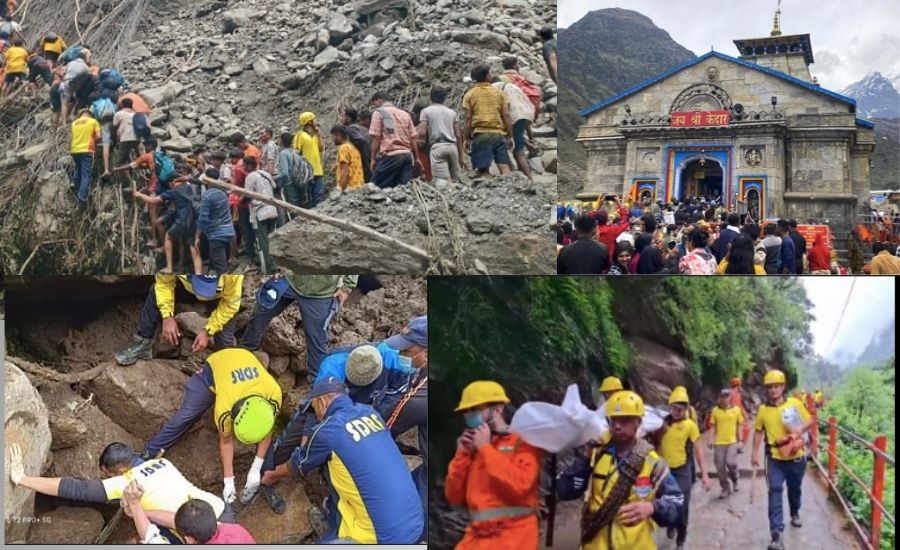
“One of the standout operation was a grueling nine-hour rescue mission that resulted in the recovery of one person alive and one deceased from under the debris. This operation, conducted in collaboration with the district police, highlighted the resilience and determination of the SDRF personnel”, said Mr. Mishra
Technological Integration and Traditional Expertise
The SDRF’s response to the Kedarnath disaster was not just about manpower and bravery; it was a seamless integration of technology and traditional rescue methods. One of the key technological tools employed was the use of drones. On the night of August 1, Commandant Mr. Manikant Mishra instructed the teams to deploy drones to identify alternate routes as falling debris had made the primary trekking path unsafe. This innovative use of technology allowed for real-time assessment and quick decision-making, ensuring the safety of the rescue teams and the pilgrims.
On August 2, the SDRF teams prepared alternate routes using rope rescue methods along the riverbanks, with drones assisting in route identification and monitoring. This blend of technology and traditional skills exemplified the adaptability and resourcefulness of the SDRF.
A significant challenge arose on August 3, when rising river water levels necessitated the creation of an alternate route on the opposite side of the hill. The SDRF teams once again rose to the occasion, preparing a new path that enabled the safe transport of pilgrims to Sonprayag. The preparation of a 2 km steep alternate route at Munkutia further demonstrated their ability to adapt and innovate under pressure.
The restoration of the helipad at Bhimbali was another critical operation led by the SDRF. Clearing debris and boulders from the helipad allowed for the safe airlifting of stranded pilgrims, showcasing the comprehensive approach taken by the SDRF in addressing various aspects of the disaster.
Dedication and Heroic Efforts
The dedication of the SDRF personnel was evident in every aspect of their operations. On August 4, teams used drones to locate and rescue 15 people, including four Nepalese youth, from forested areas and riverbanks. Despite the challenging weather conditions, which grounded helicopters, SDRF teams led 114 pilgrims through the 35 km Jaal-Chaumasi trekking route to Kalimath, ensuring their safe passage.
Extensive search operations on August 5 and 6, aided by drone technology, resulted in the recovery of two bodies from the Gaurikund to Lincholi area. These efforts underscored the relentless commitment of the SDRF to leave no stone unturned in their search and rescue missions.
The culmination of these efforts was the rescue of 7,498 pilgrims by August 7, a remarkable achievement that highlighted the efficiency, coordination, and bravery of the SDRF Uttarakhand Police. The leadership of Ms. Aggrawal and Mr Mishra was instrumental in guiding their teams through the crisis, ensuring that every possible measure was taken to save lives and provide relief.
The SDRF’s response to the Kedarnath disaster of 2024 was a shining example of preparedness, technological integration, and unwavering dedication. Their ability to rapidly adapt to evolving situations, combined with their expertise in traditional and modern rescue techniques, was crucial in managing the disaster effectively. The efforts of the SDRF not only saved thousands of lives but also reinforced the importance of having a well-prepared and responsive disaster management force in times of crisis

